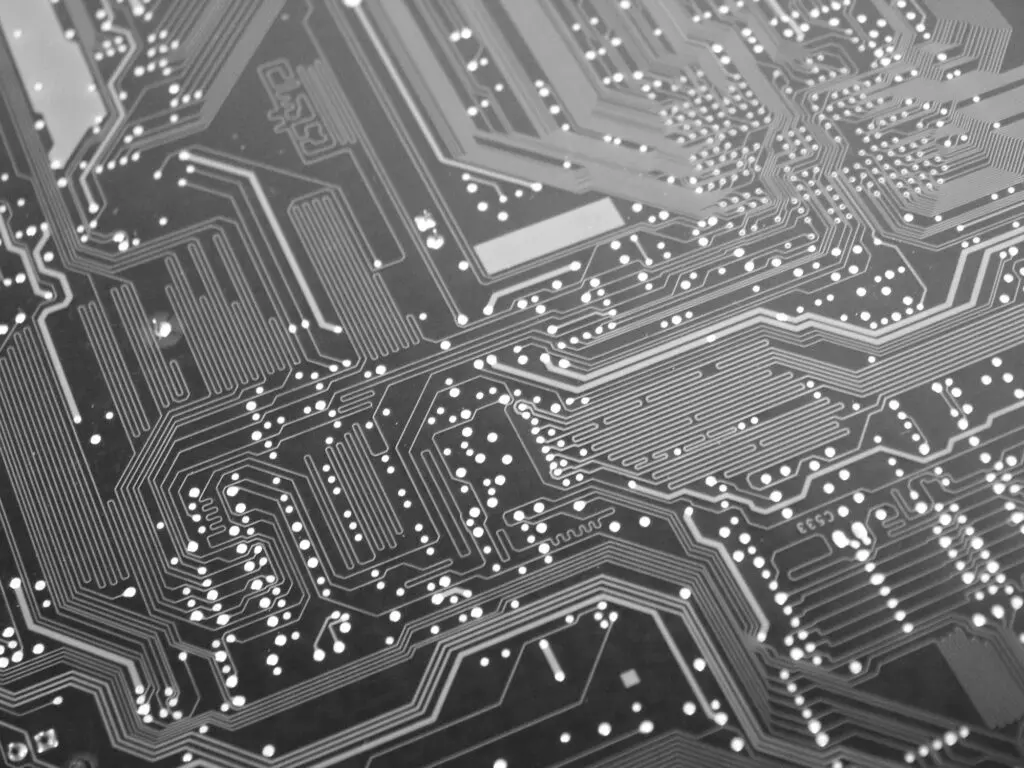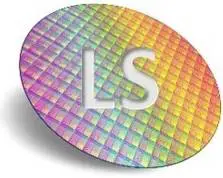Signs Your Stepper Machine Servo Motor Needs Replacement

Stepper machines play a vital role in semiconductor manufacturing, providing precision in positioning for various processes. However, like any intricate machinery, these machines require regular maintenance to ensure optimal performance. One of the core components of a stepper machine is the servo motor, and recognizing when it may need replacement is crucial for maintaining productivity and avoiding costly downtime. Understanding the signs of servo motor issues can help rectify problems before they escalate.
Understanding the Role of Servo Motors
Servo motors are essential for the accurate movement and positioning capabilities of stepper machines. These motors convert electrical signals into precise mechanical movement, enabling the machine to perform tasks with remarkable accuracy. In the high-stakes environment of semiconductor fabrication, where precision is non-negotiable, the reliability of servo motors directly impacts production quality and efficiency.
Unusual Noise and Vibration
One of the first indicators that a servo motor may need replacement is the emergence of unusual noise and vibration during operation. A properly functioning motor operates smoothly and quietly. If you start to notice grinding sounds, rattling, or excessive vibration, it suggests that the motor is struggling with internal components, potentially due to wear and tear or malfunction. These symptoms can lead to misalignment in the stepper machine, which may impede production processes and necessitate immediate attention.
Inconsistent Performance
Another clear sign of a failing servo motor is inconsistent performance. If the machine struggles to maintain its programmed speeds or experiences erratic motion, it may indicate that the servo motor is not functioning effectively. This inconsistency can manifest as lagging during critical tasks or abrupt stops that disrupt the flow of production. Monitoring the performance stability over time will inform whether the servo motor requires repair or should be replaced entirely to restore reliability in the production line.
Increased Heat Generation
In addition to unusual noises and performance issues, increased heat generation is a significant red flag. A servo motor should operate within a specified temperature range; excessive heat can compromise both its efficiency and lifespan. Elevated temperatures may result from mechanical stress, insufficient lubrication, or electrical faults. If you observe that the motor is running hotter than normal, it is imperative to investigate the cause promptly, as consistent overheating can lead to catastrophic failure.
Difficulty in Calibration
Calibration is a crucial aspect of maintaining precision in stepper machines. If you find that your servo motor is increasingly difficult to calibrate or requires frequent adjustments, it may be time to consider a replacement. A motor that fails to hold its calibration could indicate wear in its internal components or a weakening of the drive mechanisms. In semiconductor production, even slight deviations can result in significant errors, so addressing calibration concerns is essential to achieving optimal performance.
Visual Inspection for Damage
Regular visual inspections of your servo motors can help identify potential issues before they escalate. Look for signs of physical damage, including cracks, corrosion, or signs of fluid leakage — these can indicate that the motor is past its prime. Any visible wear on the casing or connectors can also negatively affect its performance. While minor issues may not always necessitate an immediate replacement, they can be precursors to more severe problems that could disrupt production.
Monitoring Error Codes
Modern stepper machines often come equipped with diagnostic systems that display error codes when anomalies are detected. Monitoring these codes can provide insight into the health of your servo motors. If you begin to receive repeated error messages concerning motor performance, this is a clear sign that professional assessment is needed. Ignoring these codes could lead to prolonged operational inefficiencies and affect overall production output.
The Importance of Timely Replacement
Recognizing the signs that your stepper machine’s servo motor needs replacement is integral to maintaining a smooth and efficient semiconductor manufacturing process. The costs associated with unplanned downtime can far exceed the investment required for proactive maintenance or timely replacements. By being observant and responsive to the symptoms highlighted above, business owners can avoid disruptions and ensure their production processes run efficiently.
Investing in reliable servo motors and regular maintenance routines is essential for anyone relying on stepper machines in semiconductor manufacturing. Engaging with a reputable stepper machine parts supplier can ensure access to quality replacement components, allowing your operations to thrive with minimal interruption. If you need a new part for your stepper machine, visit us at Lithography Solutions to peruse our selection of parts.
